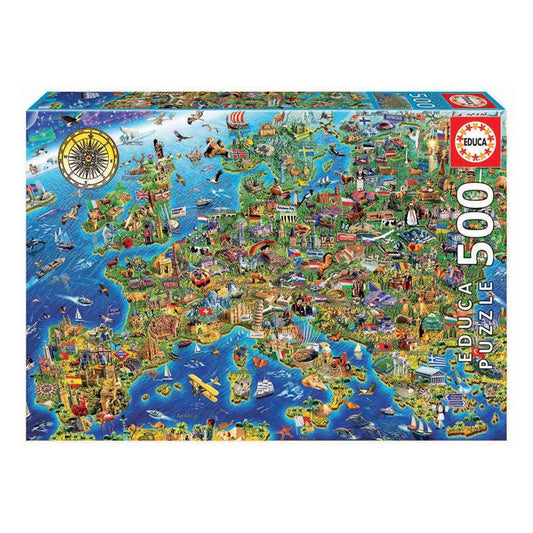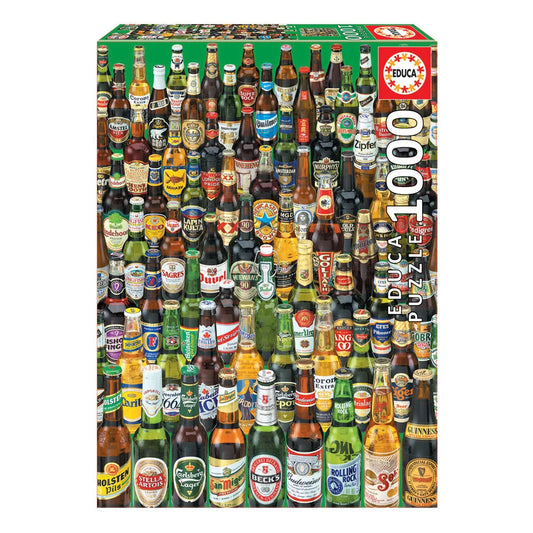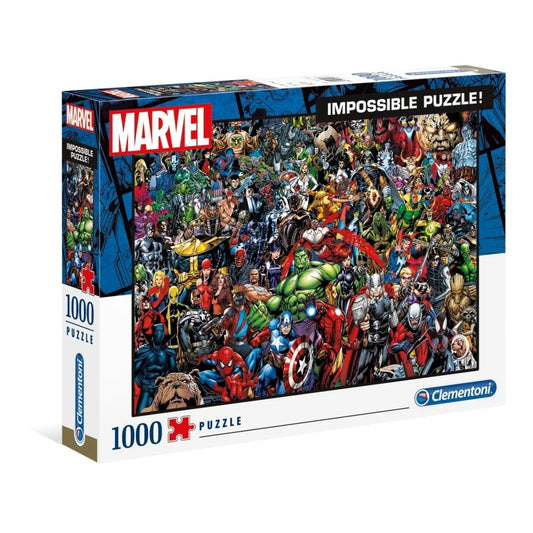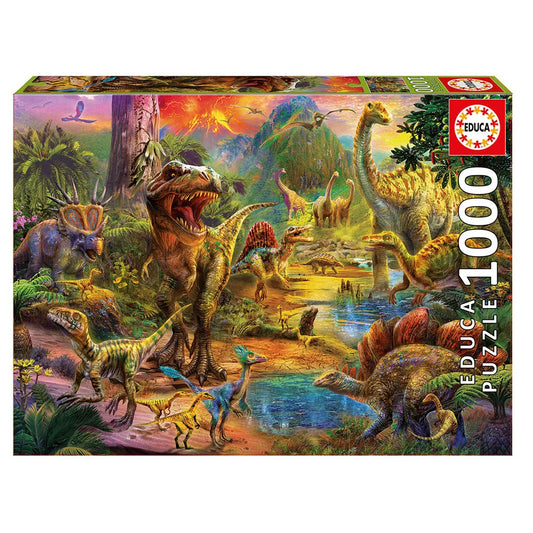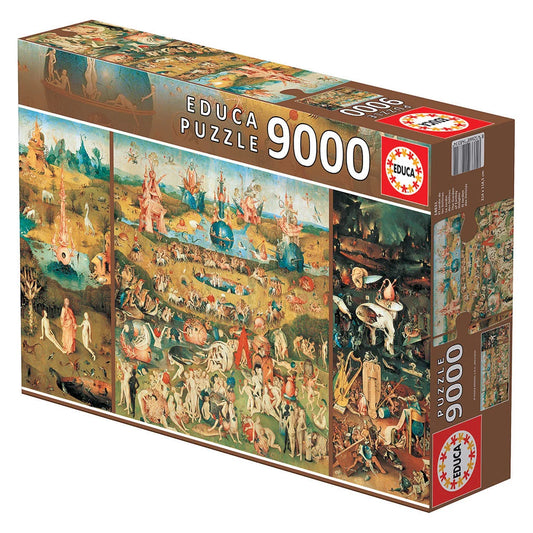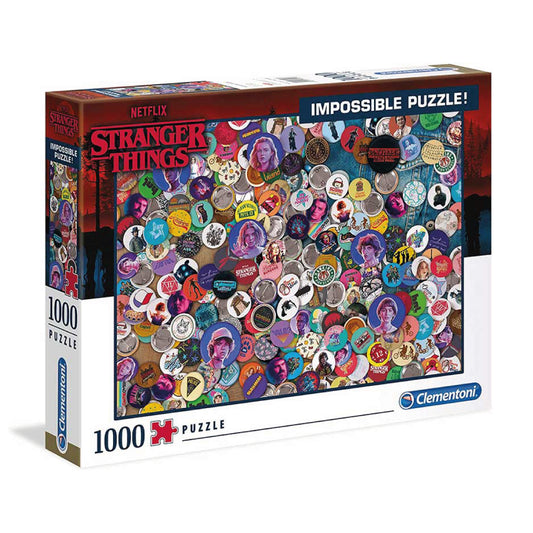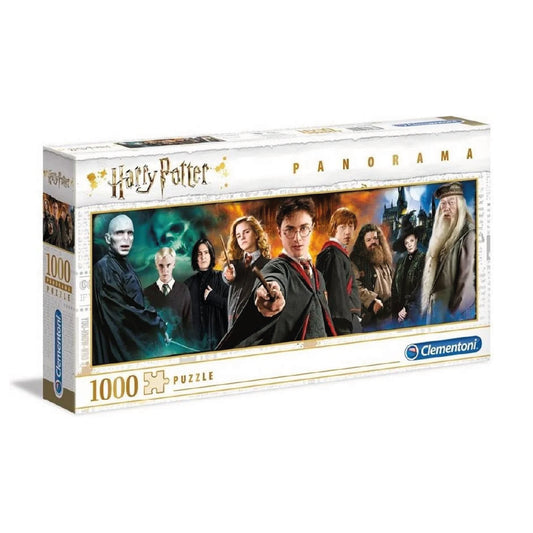
If you think you've mastered the world of jigsaw puzzles because you can complete the 500-piece Alpine landscape puzzle in two afternoons, prepare for a lesson in humility. The adult puzzles I'm presenting today aren't child's play—they're true tests of mental stamina, patience, and, occasionally, sanity.
These are the puzzles that separate the amateurs from the veterans, the curious from the obsessive. They're the ones you leave half-finished on your desk for weeks, glance at sideways as you pass by, and whisper "I'll finish you one day" as if it were a promise of revenge. Think of them as the "Dark Souls" of the puzzle world—difficult, frustrating, but incredibly rewarding when you finally conquer them.
1. "Gradient Puzzle" - 1000 shades of a single color
The Perfectionist's Nightmare
Imagine a puzzle where each piece is a subtle variation of the same color. Clemens Habicht's "Gradient Puzzle" has no image—it's literally a pure color gradient spread across 1,000 pieces. It's like trying to solve a puzzle from the sky, but the sky has decided to be minimalist and philosophical.
Why it's brutal : There are no visual cues. None. Just you, a thousand shades of blue (or pink, or yellow), and your ability to distinguish chromatic nuances you didn't even know existed.
Estimated time : 20-40 hours (or three existential crises)
Survival tip : Work in good natural light and take regular breaks. Your brain will start seeing colors that don't exist.
2. "Impossible Puzzle" - double-sided with nearly identical images
The puzzle of puzzles
This demon disguised as entertainment has virtually identical images on both sides, but with small, diabolical differences. It's like those "spot the differences" games you played as a child, but multiplied a thousandfold and with the potential to cause nightmares.
Why it's brutal : Each piece can technically fit in the "wrong" place, creating false progress that you only discover when you've already put together half the puzzle.
Estimated time : 25-50 hours (plus therapy time)
Survival tip : Keep both reference images visible at all times and mark the differences as you discover them.
3. "The World's Most Difficult Jigsaw Puzzle" - double-sided with identical graphics
The king of masochistic puzzles
With 529 seemingly identical pieces on both sides, this puzzle is the equivalent of trying to solve a Rubik's Cube blindfolded while riding a unicycle. It was created specifically to test the limits of human patience.
Why it's brutal : The pieces are cut irregularly, and the images are almost imperceptibly different. It takes Zen Buddhist concentration not to throw everything out the window.
Estimated time : 15-30 hours (of pure meditative concentration)
Survival tip : Treat this as active meditation. If you start to get frustrated, you've already lost.
4. Abstract Art Puzzles - 2000+ Pieces
When Pollock Meets Math
Puzzles based on abstract art, especially works by Jackson Pollock or Kandinsky, test your ability to find patterns where none appear. It's like trying to organize the creative chaos of an artistic genius.
Why it's brutal : There are no recognizable objects, no logical perspective, and no predictable color sequence. Every brushstroke is unique, but they all look the same at first glance.
Estimated time : 30-60 hours (spread over several weeks)
Survival tip : Focus on textures and brush stroke directions rather than colors.
5. "Krypt" - monochrome argent puzzle
The puzzle that is not a puzzle
Ravensburger created this monster: 654 completely silver pieces, with no image, no reference, no mercy. It's literally a blank puzzle that you have to solve using only the shape of the pieces. It's like trying to solve an Invisible Man puzzle.
Why it's brutal : Zero visual cues. The only clue is the shape of the pieces and your ability to fit them together through systematic trial and error.
Estimated time : 15-25 hours (more time to question your life choices)
Survival tip : Work in small sections and use light to create reflections that help you distinguish the pieces.
6. Macro Photography Puzzles - 1500+ Pieces
When details become enemies
A macro photograph of soap bubbles, water droplets, or crystals may look beautiful on the box, but it becomes visual torture when spread across 1,500 microscopic pieces. It's like trying to reconstruct a parallel universe one atom at a time.
Why it's brutal : Repetitive details that blur together, reflections and transparencies that are deceiving, and a constant feeling that all the pieces are the same.
Estimated time : 25-40 hours
Survival tip : Use a magnifying glass and work in good lighting. Your eyes will thank you.
7. "Hell Puzzle" - 1000 pieces of pure red
Hell has 1000 pieces
This puzzle is exactly what the name suggests: 1,000 pieces of different shades of red that form a picture... of more red. It's as if Dante decided to create an extra circle of hell specifically for puzzlers.
Why it's awesome : Distinguishing between 47 shades of scarlet isn't a skill you learn in school. You'll discover eye muscles you never knew existed.
Estimated time : 30-50 hours (plus an existential crisis about the nature of color)
Survival tip : Work in small sections and take regular breaks. Red can literally cause eye strain.
Survival strategies for extreme puzzles
Mental and physical preparation
These puzzles aren't 100-meter dashes—they're mental marathons. You'll need:
Suitable space : A dedicated table where you can leave the completed puzzle for weeks Professional lighting : High-quality LED or abundant natural light Specialized tools : Magnifying glass, organizing containers, puzzle mat Zen patience : Accept that this could take months
The technique of "active meditation"
Approach these puzzles as if they were meditation sessions. The goal isn't to finish quickly, but to find peace in the process. When you start to get frustrated, it's time to stop.
Micro-rewards system
Celebrate every small victory: completing a section, finding a piece you've been looking for for days, or simply managing to work for an hour without giving up.
Fatal mistakes that will destroy your sanity
Trying to solve too quickly
Haste is the mortal enemy of extreme puzzles. If you approach these challenges as if they were normal puzzles, you'll quickly burn out and give up.
Not having an organization system
Without a clear method of separation and categorization, you'll spend more time looking for pieces than putting the puzzle together.
Ignoring eye care
These puzzles are particularly demanding on the eyes. Regular breaks aren't a luxury—they're a medical necessity.
Not setting realistic expectations
These puzzles can take weeks or months to complete. If you expect to finish them in a weekend, you'll be disappointed and frustrated.
The psychological side of extreme puzzles
Why do we choose voluntary suffering?
There's something deeply human about our relationship with "impossible" challenges. These puzzles offer something modern life rarely provides: a problem with a guaranteed solution that depends solely on our persistence.
The "flow state" factor
When you get into the right rhythm, these puzzles induce a state of deep concentration that psychologists call "flow." It's almost meditative—a complete escape from everyday worries.
The neurological reward
Each piece you fit together releases a small dose of dopamine. In extreme puzzles, these rewards are rarer, but also more intense.
When giving up is not failure
Signs You Need a Break
- You start seeing pieces everywhere (walls, clouds, food)
- Do you dream of puzzle shapes?
- You get irritated by people who interrupt you
- Your posture is starting to look like Quasimodo's
How to come back after a break
Sometimes the best strategy is to step away for days or weeks. When you return, you'll see patterns that were previously invisible.
The pride of veterans
The exclusive club
Completing one of these puzzles grants you entry into a very exclusive club. You're officially a hardcore puzzler, someone who doesn't give up in the face of adversity.
Stories to tell
Each of these puzzles tells an epic story of perseverance. These are the wars you fought and won, one piece at a time.
Conclusion: pleasure is in pain
The adult puzzles on this list aren't for everyone—and that's perfectly fine. They're specifically designed for people who've exhausted conventional puzzles and are looking for something that truly tests their limits.
If you decide to take on any of these challenges, remember: it's not about speed, it's about endurance. It's not about being the smartest, but the most persistent. And when you finally put the last piece in place, you'll feel a satisfaction that few pleasures in life can match.
Ready to test your limits? Explore our selection of challenging puzzles in the Puzzle Shop . From moderate challenges to true tests of mental endurance, we have something for every level of masochism... well, dedication.
Because, in the end, all great puzzlers have one thing in common: they never back down from a challenge, no matter how impossible it seems.

